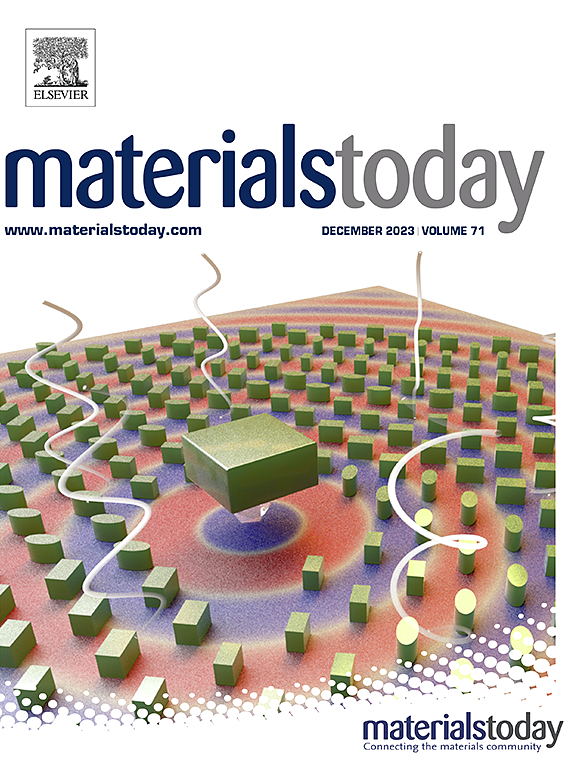A molecular review on weakly solvating electrolytes for lithium batteries
IF 21.1
1区 材料科学
Q1 MATERIALS SCIENCE, MULTIDISCIPLINARY
引用次数: 0
Abstract
Carbonate-based electrolytes have significantly advanced the practical applications of lithium batteries (LBs) in various fields. However, commercial carbonate-based electrolytes exhibit sluggish desolvation behavior, resulting in poor performance of LBs under fast-charging and low-temperature conditions. In contrast, weakly solvating electrolytes (WSEs) have demonstrated rapid desolvation due to relatively weak Li+–solvent interactions. This review summarizes the recent progress of molecular design strategies for WSEs. First, the origins and characteristics of WSEs are analyzed. The dielectric constant (ε) and donor number (DN) of solvents affect the interactions among Li+, solvents, and anions, which are critical for the formation of WSEs. Both theoretical calculations and experimental characterizations are introduced to afford qualitative or quantitative WSE investigation. The solvent molecule design strategies for WSEs are summarized, including increasing steric hindrance, reducing the number of donor atoms, and reducing the negative charge on donor atoms. Finally, insightful perspectives are proposed to advance the development of WSEs in practical LBs.

锂电池弱溶剂化电解质的分子研究进展
碳酸基电解质极大地促进了锂电池在各个领域的实际应用。然而,商用碳酸基电解质的脱溶行为缓慢,导致LBs在快速充电和低温条件下的性能不佳。相比之下,弱溶剂化电解质(wse)由于相对弱的Li+ -溶剂相互作用而表现出快速溶解。本文综述了近年来wse分子设计策略的研究进展。首先,分析了中小企业的起源和特点。溶剂的介电常数(ε)和给体数(DN)影响Li+、溶剂和阴离子之间的相互作用,这是wse形成的关键。引入理论计算和实验表征,以提供定性或定量的WSE调查。总结了wse的溶剂分子设计策略,包括增加空间位阻、减少给体原子数量和减少给体原子上的负电荷。最后,提出了在实际LBs中推进wse发展的前瞻性观点。
本文章由计算机程序翻译,如有差异,请以英文原文为准。
求助全文
约1分钟内获得全文
求助全文
来源期刊

Materials Today
工程技术-材料科学:综合
CiteScore
36.30
自引率
1.20%
发文量
237
审稿时长
23 days
期刊介绍:
Materials Today is the leading journal in the Materials Today family, focusing on the latest and most impactful work in the materials science community. With a reputation for excellence in news and reviews, the journal has now expanded its coverage to include original research and aims to be at the forefront of the field.
We welcome comprehensive articles, short communications, and review articles from established leaders in the rapidly evolving fields of materials science and related disciplines. We strive to provide authors with rigorous peer review, fast publication, and maximum exposure for their work. While we only accept the most significant manuscripts, our speedy evaluation process ensures that there are no unnecessary publication delays.
 求助内容:
求助内容: 应助结果提醒方式:
应助结果提醒方式:


